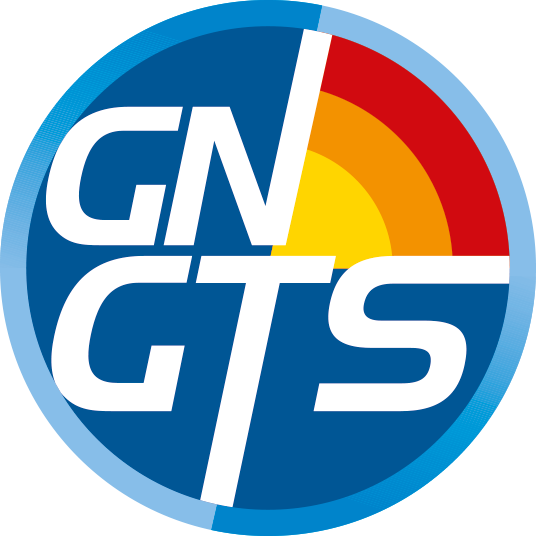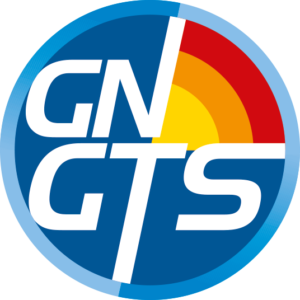DISASTER RISK ANALYSIS AND REDUCTION
Session 2.1
Earthquake and tsunami hazard: different return periods, different conceptual schemes and models in a continuum spectrum of time
Convenors of the session:
Daniela Di Bucci – daniela.dibucci@protezionecivile.it
Dario Albarello – dario.albarello@unisi.it
Bruno Pace – bruno.pace@unich.it
Outlining the possible scenarios induced by the future occurrence of earthquakes and tsunamis and evaluating their respective likelihood is an essential task of the seismological research. No general-purpose approach exists for assessing seismic hazard relative to exposure times ranging from days or weeks to thousands of years, and using a single paradigm or standard may result misleading. At each time scale, different possible data and models relative to ongoing seismogenic and tsunamigenic processes can be considered (including physically based modelling and statistical procedures), each characterized a different constraining power and reliability. At the same time, any form of harmonization among these models and respective outcomes is required to avoid contradictory results where the considered time scales partially overlap.
We want to stimulate a broader discussion on this topic, by comparing the possible strategies and models so far proposed relative to seismic and tsunami hazard assessment at the different time scales, by keeping in mind that adopting a common probabilistic form of outcomes is mandatory to warrant a practical application in seismic risk assessment. Beyond this general perspective, specific contributions and critical discussion about researches and results obtained, related to different time-scales, are highly welcome. The use of macroseismic information to inform medium-term hazard models, updating and testing relevant outcomes and bridging them toward risk evaluations, will also be of primary interest: specific procedures and tools are required on purpose, by accounting for the specific nature of this kind of data.
As for the earthquake hazard, the following topics are encouraged:
- Role and uncertainties of short-term seismic hazard models (days/months), both on statistic and deterministic basis, and how to give these models a probabilistic form for their integration with short-term (days-weeks), medium-term (years and tens of years) and long-term (hundred to thousands of years) estimates.
- Seismic hazard estimates related to rare events and possible testing models of these estimates.
- Role of macroseismic studies and impact of their uncertainties in long-term seismic hazard definition.
- Methods to integrate geological and geophysical, surface and subsurface data, for parametric definition of the sources and their uncertainties, within a probabilistic formulation of hazard and event scenarios.
- Development of physics-based models of seismic sources and their integration into seismic hazard models.
- Critical analysis of propagation models to support near-field and long-range ground motion estimates, including expected displacements and co-seismic ground deformation.
- Fault displacement hazard analysis, regarding in particular strategic infrastructures, and its possible integration into seismic hazard models.
- Systematic integration of local seismic hazard assessments into the regional scale ones.
As for the tsunami hazard, the following topics are encouraged:
- Tsunami hazard models for tsunamis generated by crustal and subduction earthquakes, also in comparison with international experiences, and their possible integration with other types of data, following a probabilistic approach.
- Development of event and impact scenarios and their constituent elements.
- Advances in knowledge and hazard modelling for tsunamis not generated by earthquakes.
Session 2.2
Science and technology to support earthquake prevention and preparedness
Convenors of the session:
Mauro Dolce (UniNA) – mauro.dolce@unina.it
Sara Sgobba (INGV) – sara.sgobba@ingv.it
Maria Polese (UniNA) – mapolese@unina.it
Contributions recommended for this session:
- Monitoring networks for seismic hazard knowledge and rapid response
- Shaking scenarios at different territorial scales for risk and damage assessment: methodological approaches, uncertainty management and input data
- Methodologies, data and tools for the assessment of seismic risk and its engineering components (vulnerability and exposure) across various territorial scales
- Methodologies and examples of multi-risk analysis associated to seismic risk (e.g. earthquakes and tsunamis)
- Civil protection planning and urban planning tools for seismic risk mitigation
- Techniques and examples of seismic strengthening or retrofit interventions of rapid execution and having low impact on the service continuity of the building, also integrated with energy efficiency interventions and considering circular economy principles
- Tools for the safety assessment of individual buildings, including on-site and remote monitoring and related analysis methodologies
- Contributions for the improvement of seismic standards for different structural types (buildings, bridges, warehouses, large structures, etc.) and materials (masonry, reinforced concrete, steel, wood, etc.) for the design of new buildings or interventions on existing ones,
- Evaluation of seismic input for design: emerging trends in codes and best practices for structures and infrastructures
Seismic risk mitigation is a rapidly evolving field, as scientific, engineering and technological developments are providing new elements for the prevention, preparedness, response and recovery of the system and population to the effects of earthquakes. Moreover, the need to combine the seismic risk reduction with the reduction of other risks, coupled with the requirement to consider present and future climate change issues, foster the adoption of a more articulated and complete approach, where the risk scenarios encompass also compound and induced events (e.g. tsunamis), and where the prevention actions on constructions take into account the needs for energy efficiency.
This session has the scope to collect those contributions that could represent an advancement in seismic input definition, reduction strategies, also in a broader perspective to other risks.
Session 2.3
Risk Communication
Convenors of the session:
Serena Tagliacozzo (IRPPS, CNR) – serena.tagliacozzo@irpps.cnr.it
Valentina Rizzoli (CORIS, Sapienza University of Rome) – valentina.rizzoli@uniroma1.it
Risk and crisis communication is an essential component for disaster risk prevention and management and, to be effective, it requires multidisciplinary and multi-actors efforts. Risk communication should be implemented in all the phases of the disaster cycle (e.g. prevention, preparedness, response and recovery), cater for the information needs of different social groups and possibly address multiple types of hazards. This session welcomes contributions from researchers and practitioners working on different research streams and hazards from a multi-hazard risk perspective. Relevant topics include -but are not limited to – opportunities offered by information and communication technologies for tailoring the message to the specific needs of diverse groups and sub-populations; social media and social construction of risk; the role of risk education in risk and crisis communication; drivers of risk perception and behavioural change.
Interventions can address – but are not limited to – the following areas and topics:
- Information and communication technologies for risk and crisis communication (e.g., social media, citizen sensors)
- Relationship between risk perception and communication
- Risk communication and behavioural change
- Multi-hazard risk communication
- Risk communication for disaster prevention, preparedness, response, and recovery
- Targeted risk communication (i.e., involving diverse groups such as vulnerable populations, young people, and gender-sensitive communication)
- Risk education
- Ethics in risk communication


